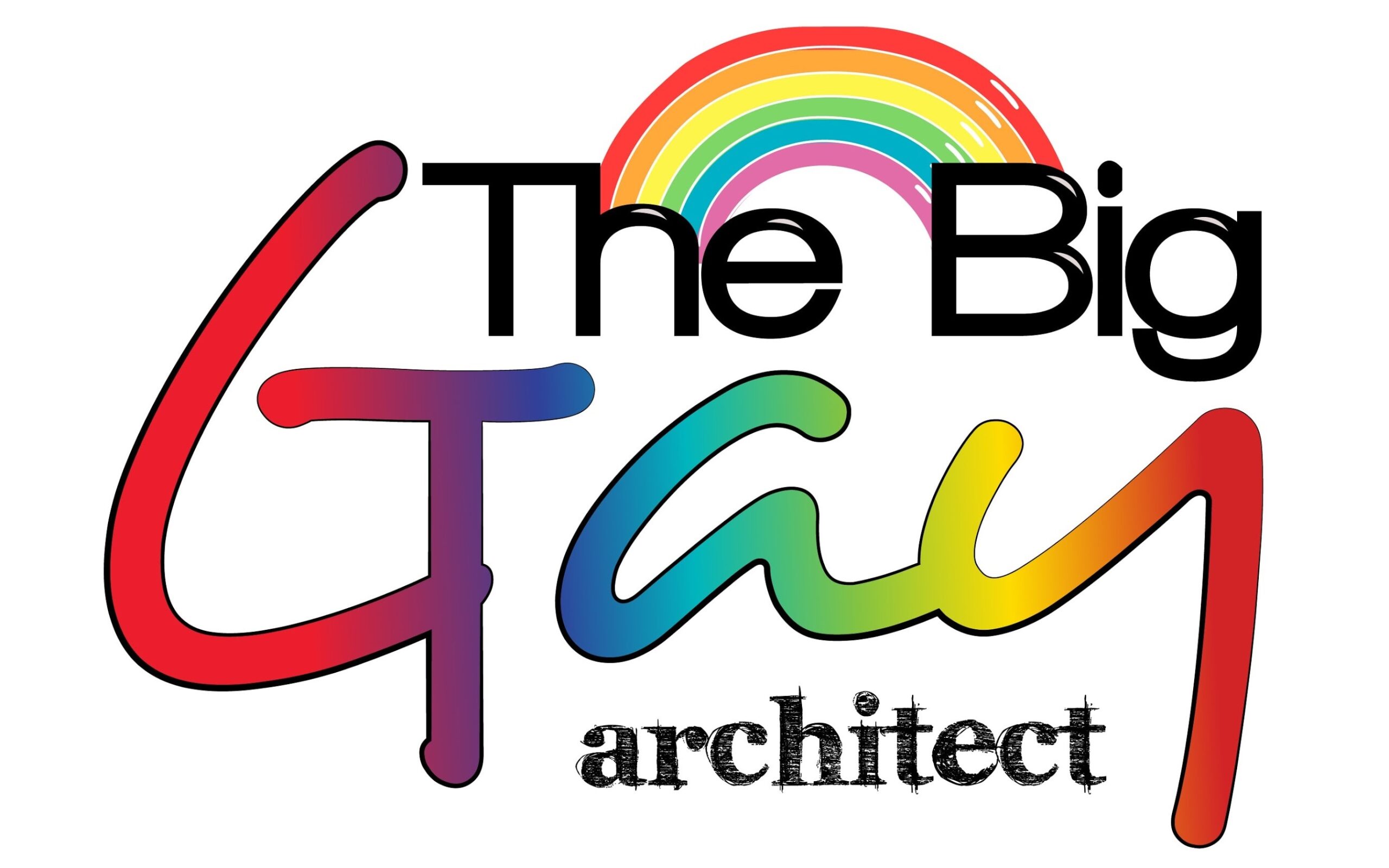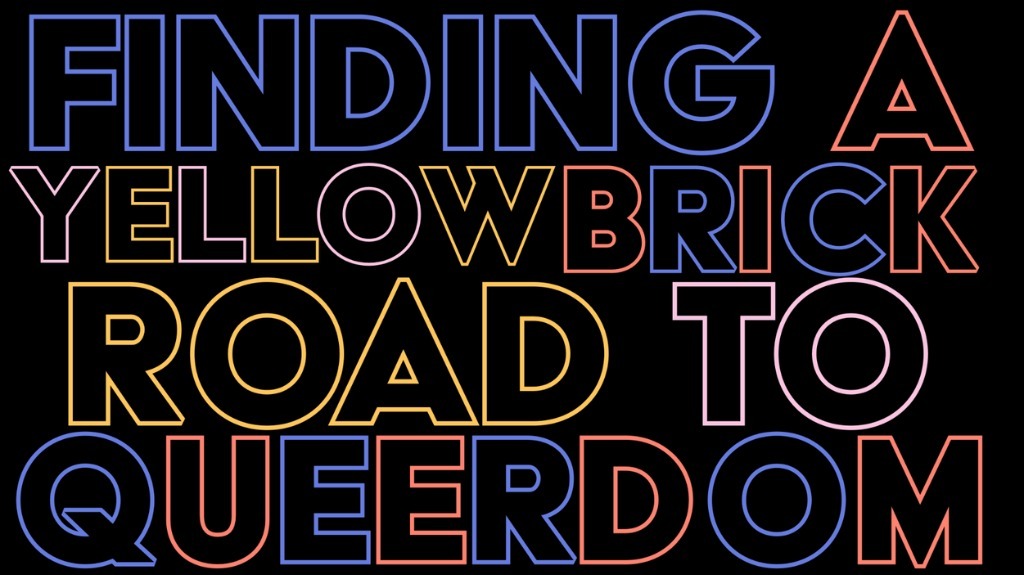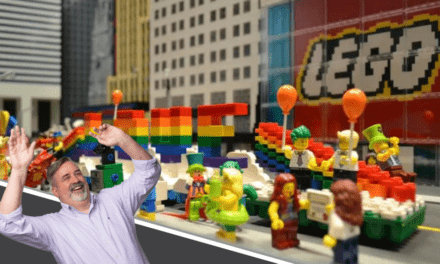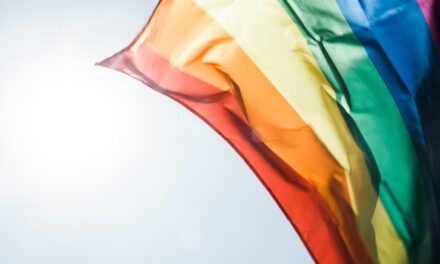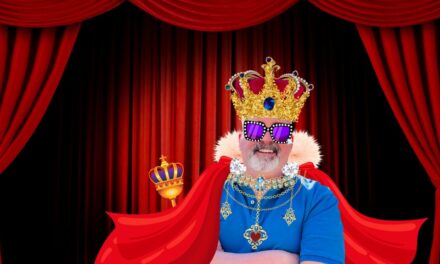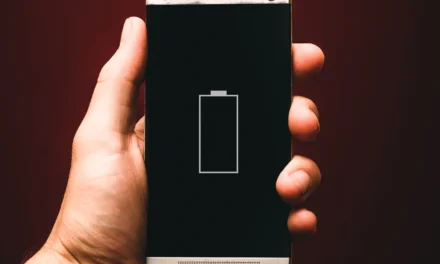When the opportunity to host Parlour’s Instagram account this week was presented last December, I had no idea what that was going to look like. Having followed them for some time, I knew their focus was on gender, equity, and architecture. However, I could not recall seeing any queer content, and if we want to talk about equity, that means talking about the queer community.
Except how to do that? Architecture has a long history of ignoring queer architects and their contributions to the built environment. In an industry long dominated by straight white men, queer architects needed to be closeted to survive. Not that everyone didn’t know, but broaching that topic wasn’t acceptable.
Then we’ve spent the last five months watching state legislatures and conservative organizations push new laws to erase the queer community. So far, 540 anti-queer bills have been filed with 220 of them focusing on trans and non-binary individuals. And the collective architecture community has been silent.
Consequently, this felt like a good time to talk about queer erasure in architecture and to share that on Parlour, Spotted Dog, and The Big Gay Architect blog. As my friend Joe in Austin would say, it’s time to stir the pot.
So what is queer erasure? It’s the removal of queer identities, individuals, and communities from history, from literature, and even from medical research. Genders are changed. Mention of homosexuality is removed. Queer aspects are simply erased.
For architecture, that has been about talking only about architects from the perspective of their work, their impact on the built environment, and even the development of specific architectural movements. What’s missing is how their sexuality may have influenced the structures they created and how they approached design.
Future architects don’t hear about that in their required history courses, as much as I suspect they don’t hear about the impact of gender. Most students could talk for days about the history of a building but nothing about the architect behind that building.
What doesn’t help is that most architects cannot name a queer architect. To talk about their queerness and its impact, we have to know who they are. Apart from someone iconic like Phillip Johnson – who waited until the end of his career to come out quite publicly – how many can anyone name? How can we truly talk about these individuals and understand their history if we’re willing to erase that part of their lives?
And what happens when queer communities themselves are erased?
Once upon a time, you could travel across the country and find an area in a city that was distinctly gay. What we affectionately have dubbed “gayborhoods.” This was where you lived, played, and sometimes worked. This was where you felt safe. The Castro. Greenwich Village. Boystown in Chicago. Montrose in Houston. Even Oak Lawn in Dallas, the first place I even went to a gay bar.
But those areas have transitioned as queer rights have advanced. We don’t need to live in the gayborhood to feel safe. The suburbs work just fine. We get to be the “fun” neighbors, as some of our friends have been labeled by their neighbors. And does the younger generation feel any need to live within a distinct community?
At the same time, some of those areas have been literally erased.
Christopher Street Pier in New York. Belmont Rocks in Chicago. Bars in Atlanta and DC that have given way to commercial development. Queer architects in Austin, Texas – which has no defined gayborhood – have been pushing back on recent redevelopment of 4th Street to preserve long-standing bars in the area where the community gathers.
In Dallas, developers are working to build the first mid-rise residential tower in Oak Lawn literally on the parking lot for bars that front Cedar Springs. How long before those spaces face a wrecking ball as well as other developers look to gentrify the area while ignoring the history of the spaces that were there before?
As stewards of the built environment, do queer architects have a special responsibility or role in helping to preserve queer landmarks and neighborhoods? Or are we complicit in helping erase those parts of queer life? Once upon a time to be queer and out meant being unable to work. The community sacrificed themselves to fit with a perceived industry culture of straight men. And architecture was no different.
However, that is no longer the case everywhere, and we are seeing more and more queer architects standing up to be counted. That places us in a unique position to bring up the queer history of an area as we see clients and firms move towards redevelopment. Or better, to create queer-led development companies that can lead on preservation of queer spaces.
Which begs the question of what role architects will play in the next round of activism. We’ve enjoyed a freedom that queer architects didn’t in the 20th century. Are we prepared to start pushing back on developers hell-bent on erasing gayborhoods along with our history? Are we prepared to get involved as citizen architects in issues impacting the queer community, like the anti-trans laws and banning of LGBTQ+ literature?
Perhaps now is the right time for creating a national queer architect organization. We are seeing those crop up within various cities, including Dallas, as part of The American Institute of Architect local chapters. However, each is acting independently at a time when safety in numbers is becoming more critical by the day. Should we look past national organizations like AIA, the National Organization of Minority Architects (NOMA), and Build Out Alliance to begin a conversation about what being queer in architecture really means?
I hope everyone has enjoyed the posts on Parlour! And in the process learned something or at least been given some food for thought. So much is still out there to understand and dive into. And maybe some of you can be the queer architects that take on the challenge of stirring the pot and keeping queer architects from being erased.
For more resources and information:
